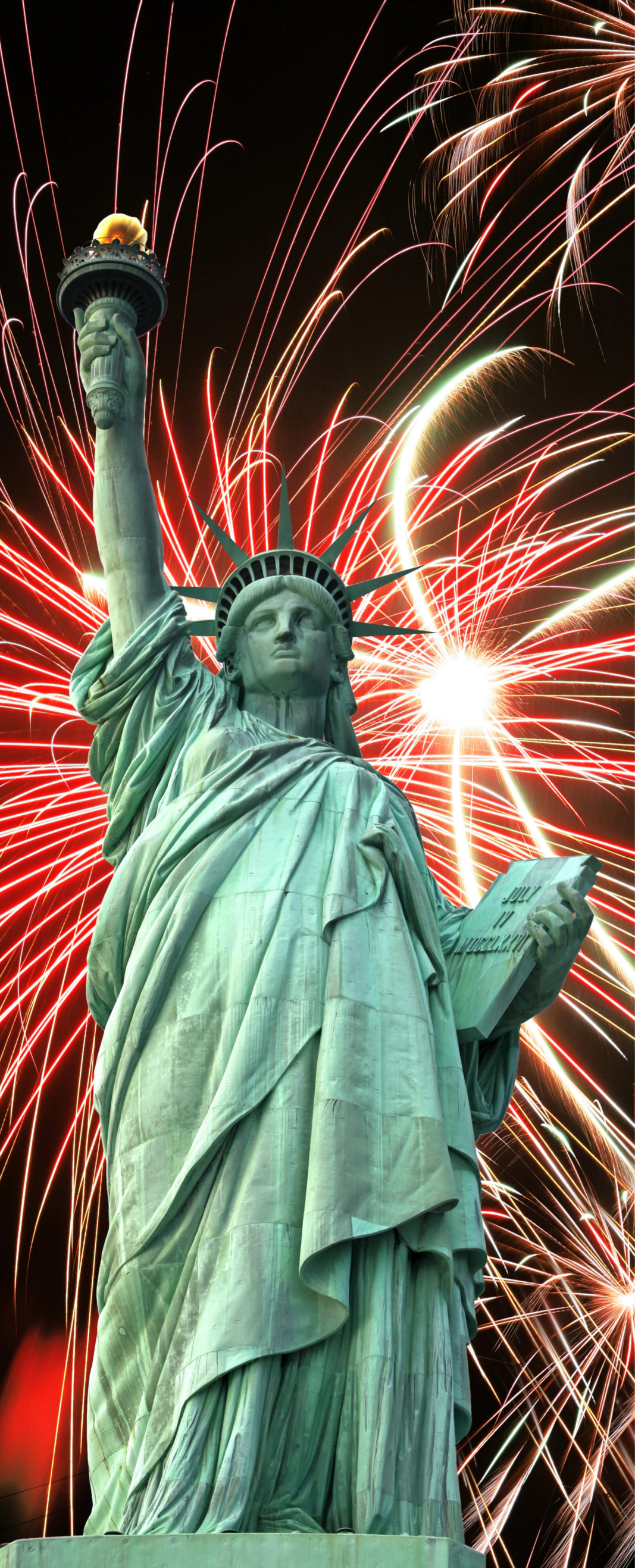
Yum, yum, yummy, yum, yum!!!!!!! :)))))))))))))
As I’m guessing most will agree, one of the great taste enjoyments in life is that of a red, ripe strawberry. As a foodie, this time of year I just can’t get enough strawberries – on my cereal, in my morning smoothies, as a quick snack, on a buffet table, on vanilla ice cream, or just out of the container in the fridge as a side dish… (and “maybe” a fresh strawberry shake here and there). There’s something magical about biting into a fresh strawberry. Sweet, juicy, and yummy. Here in Ohio, our peak season for picking is in June. Jackie and I are looking forward to heading out with the grandkids for a day and do some berry picking. We bring home our harvest, clean ‘em up, and get to enjoying the “farm fresh picked” flavor. My only problem is how many I eat while washing! I thought you’d like to know a bit more about these delectable berries and wanted to share a few great recipes – start with fresh berries and cool whip. Thx to Wikipedia and You Tube for the input. Enjoy!
Wild strawberries have been around since ancient times and were consumed by the Romans for their medicinal properties. Strawberries symbolized perfection and righteousness and are often served at important functions to ensure peace and prosperity.
In folklore, strawberries have been associated with Venus, the Roman goddess of love, due to their heart shape and red color. In some cultures, strawberries are considered a symbol of purity, passion, and healing.
Despite being commonly referred to as a berry, the strawberry is technically an aggregate accessory fruit. Each seed on its surface is one of the ovaries of the flower, with a seed inside. The strawberry is the only fruit with seeds on the outside, typically about 200 seeds per berry.
Strawberries are propagated through runners, which are horizontal stems that grow out from the main plant and take root to form new plants. If you’ve had strawberries in your garden, you’ve experienced this growth pattern – and how tough it is to stop them from spreading.
Raw strawberries are 91% water, 8% carbohydrates, 1% protein.
The first garden strawberries were grown in France during the late 18th century. These were hybrids of two wild species from North America and Chile.
Strawberry picking season typically runs from late spring to early summer, depending on the region and climate. Peak strawberry season in the United States varies by region but generally falls between April and June. June is a good time to pick here in northern Ohio.
Strawberries are delicate and require careful handpicking to avoid bruising the fruit.
Pickers must choose ripe strawberries, which are fully red and have a glossy appearance. They should also be firm to the touch.
There are over 600 varieties of strawberries, each differing in flavor, size, and texture.
Some popular varieties include Albion, Seascape, and Chandler.
Many regions celebrate the strawberry harvest with festivals. These events often feature strawberry-themed foods, contests, and entertainment. One of the most famous is the California Strawberry Festival, held annually in Oxnard, California.
In the United States in 2021, the collective commercial production of strawberries, blueberries, raspberries, and blackberries was a $6 billion industry dominated by the California growing and marketing company Driscoll’s. In 2021, strawberries alone were a $3.5 billion market of which 82% was for fresh fruit.
The prior world’s heaviest strawberry was grown in Japan in 2015, weighing 250 grams (8.82 ounces).Click here to see the current record holder.
The longest strawberry shortcake ever made was created in the United States in 2004, measuring 1,368 meters (4,488 feet). Learn more HERE.
::::::::::::::::::::::::::::::::::::::::::::::::::::::::::::::::::::::::::::::::::::::::::
DO YOU LIKE CONTESTS?
Me, too.
As you may know the Kowalski Heat Treating logo finds its way
into the visuals of my Friday posts.
I. Love. My. Logo.
One week there could be three logos.
The next week there could be 15 logos.
And sometimes the logo is very small or just a partial logo showing.
But there are always logos in some of the pictures.
So, I challenge you, my beloved readers, to count them and send me a
quick email with the total number of logos in the Friday post.
On the following Tuesday I’ll pick a winner from the correct answers
and send that lucky person some great KHT swag.
So, start counting and good luck!
Oh, and the logos at the very top header don’t count.
Got it? Good. :-))))
Have fun!!
::::::::::::::::::::::::::::::::::::::::::::::::::::::::::::::::::::::::::::::::::::::::::






